"Rules Are Made to Be Broken" — 3 Venetian Studios on the Secrets Behind Murano Glass Chandeliers
Adriano Berengo, Roberto Beltrami, and Edoardo Pandolfo may have diametrically opposite views of the revered Italian staple, but they are brought together by the same motive: the creative ambition to push it forward


I'll go straight to the point: the perfect Murano glass chandelier doesn't exist. It is a myth, a byproduct of our need for control and idealization, but "rules are made to be broken," world-acclaimed glass artist Adriano Berengo tells me, "and the best chandeliers are those that create their own." That's where their beauty resides, in "that every object is different — each has its soul", and this article will strive to exemplify the range of approaches and aspirations converging into the making of the famed Venetian staple, starting with those adopted by three leading local studios.
While there is no univocal pathway to crafting these floating masterpieces, a profound respect for its centuries-spanning tradition is what unites all emerging designers — and established — artists and manufacturers working in Murano glass today. And that's because without understanding the medium's past, there is no way to take it into the future.
Berengo Studio
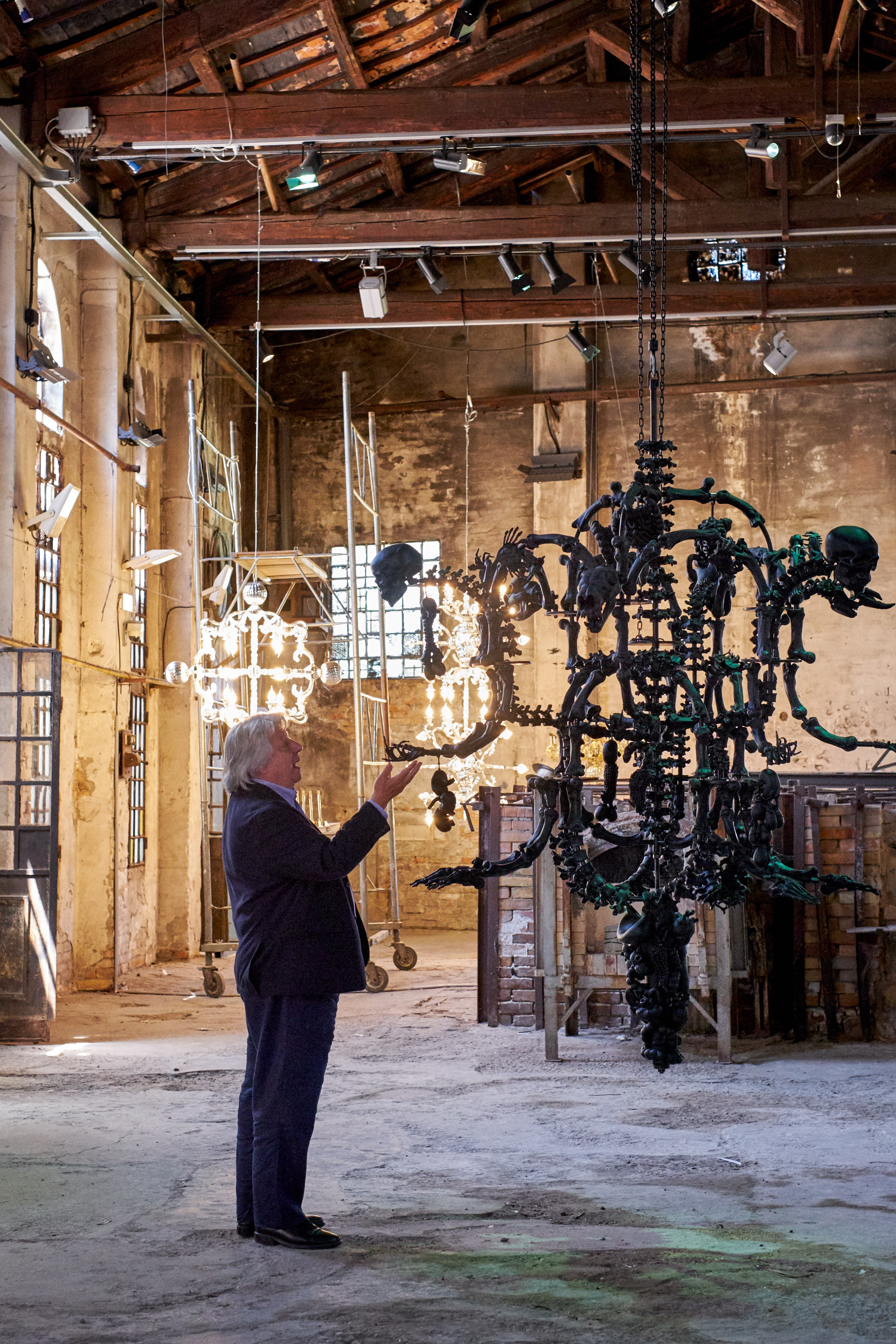


"No matter how contemporary the design, when it comes to Murano glass you're dealing with a material with an incredibly storied history," Berengo explains. "And you can still feel that heritage within the objects." One of Venice's most ancient artisanal techniques, glassmaking has been a trademark of the Italian city since the 10th century, with the island of Murano becoming the epicenter of production in the 1270s. A gallerist, collector, art dealer, and entrepreneur, Berengo was born in the Venetian Lagoon in 1947, but only stepped foot on it in his thirties. Attracted to the potential "that had yet to be discovered" on the island, he opened his namesake studio there in 1989. Following the example set by the legendary art patron Peggy Guggenheim, who in the 1950s had invited international artists to Murano to experiment with glass; Berengo did the same. He has since established his foundation, launched a global exhibition, Glasstress, and introduced some of the world's foremost creatives — including Louise Bourgeois, Tony Cragg, Ai Weiwei, and Tracey Emin — to its glass legacy, prompting them to contribute to it first-hand.
Though Berengo's vision of glasswork shies away from its most traditional conception within the commercial lighting design universe, he sees his project as inextricably linked to the preservation and transformation of Murano craftsmanship. "The joy of this job is that there is no ordinary day at Berengo Studio, but each time we learn and develop something different," he says. "When I founded it, I saw the danger there was for Murano to become lazy, to rest on the laurels of its past, and this was something I couldn't bear to happen," adds Berengo. As not enough apprentices are there to learn the craft, you need to make it attractive to people, which is only possible if you "understand that change, growth, and evolution are essential to protect what's already there and build a new future," he explains. Staying still, on the other hand, is never an option. "You have to oscillate between tradition and innovation," Berengo says. In his studio, "artists push artisans to innovate and vice versa; it's two modes of thinking coming together, and that always creates something special."
6:AM



This creative dialogue is exactly what drives Edoardo Pandolfo and Francesco Palù's co-led brand 6:AM, born in 2016 and officially launched in 2018, whose minimalism-informed reinterpretation of Murano glass fuses ancestral techniques with the contemporary aesthetics of modern interior design — in sophisticated lighting fixtures, furniture, and accessories that embody its ongoing metamorphosis. "As we began working with artisans, we understood that the most crucial skill one should have to succeed in this field is human sensitivity," Pandolfo tells me over a pixelated Zoom call as he walks around the sun-filled streets of Venice. "Being glass handcrafted, we must be extremely empathetic towards the medium and those who handle it for us, as the end result stems from their hands."
An economy graduate, he first became fascinated with "the mysteriously enigmatic" world of Murano glassmaking when Palù, an architect whom he had met while working at a now-defunct design gallery in Milan, started incorporating it in his designs. Coming from Venice, Pandolfo had the local intel needed to connect with the city's craftsmen and would help Palù find furnaces willing to take on the development of his glass creations. What began as somewhat of a bet became a full-time business as the duo's co-produced projects gained more and more success, leading to unexpected collaborations. "At some point, we realized that interior designer and architect Hannes Peer had a base in Milan and decided to give him a call," Pandolfo recalls. "Coincidentally, he wanted to create a chandelier for his studio: together, we made Paysage, which remains 6:AM's flagship product."
Wave Glass Murano
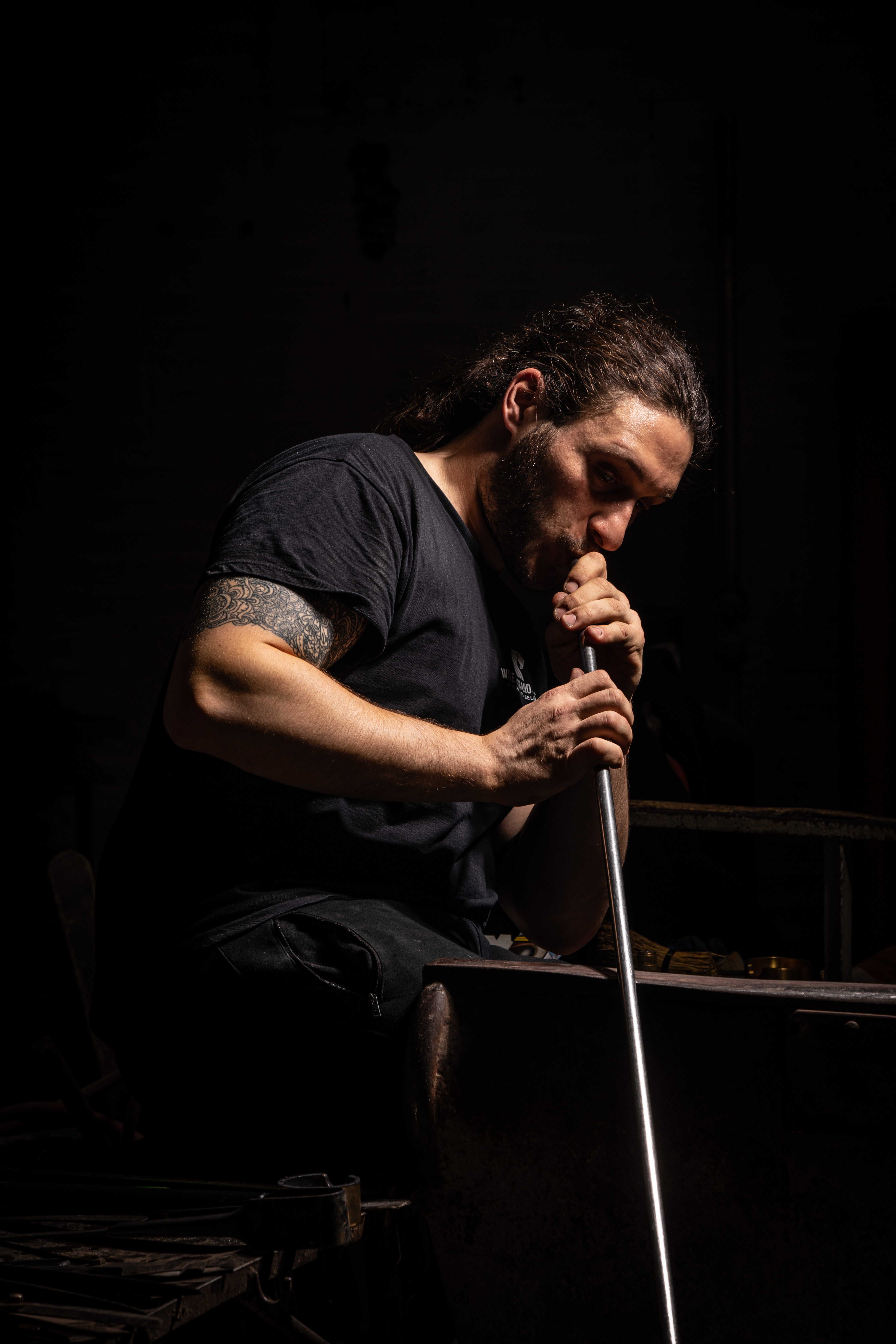


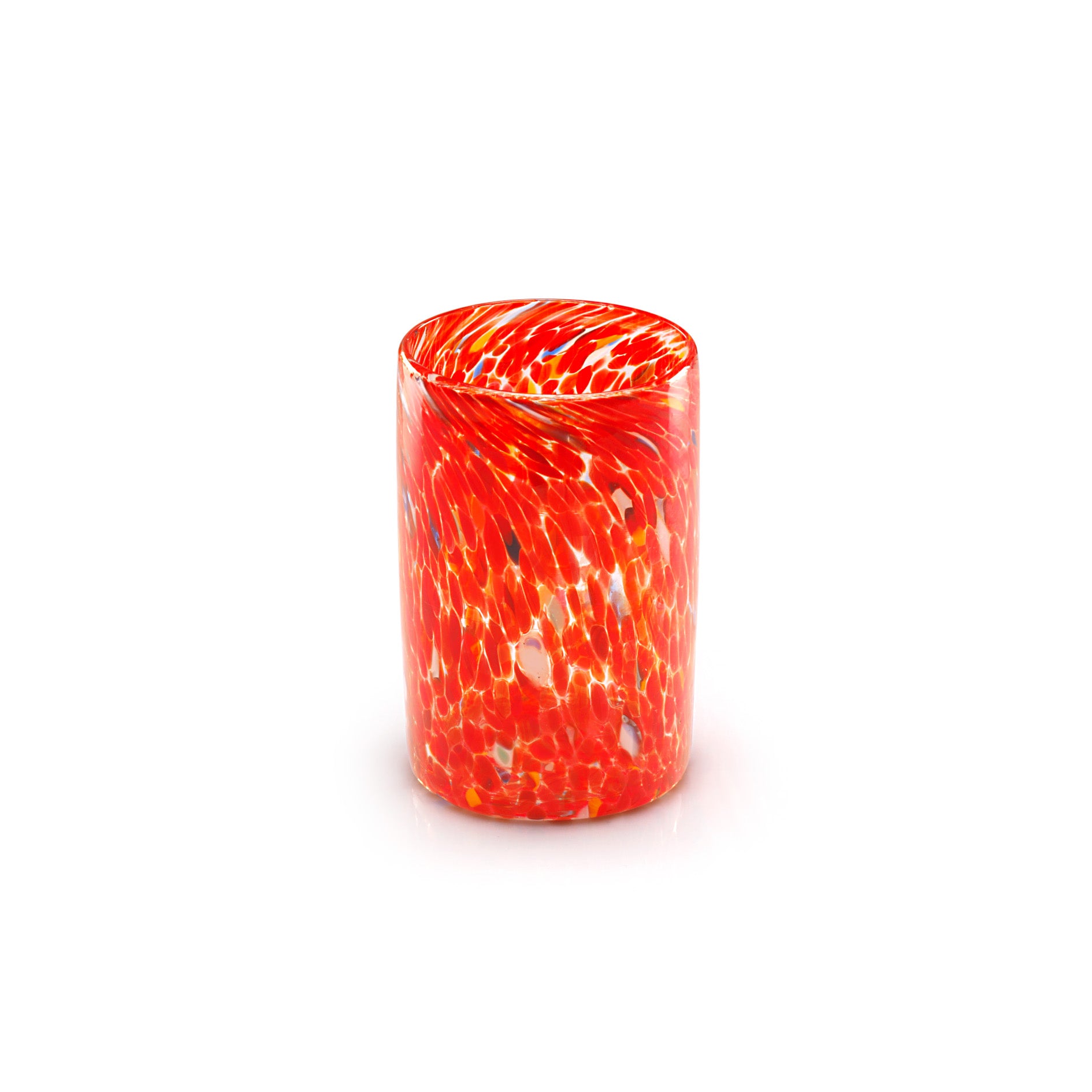
Price: $33.74 (was $45.42)
Hand-blown with artistic expertise, these glasses are inspired by the traditional Venetian "goto" cups. With a modern and contemporary design, these drinking glasses are a reinterpretation of the classic Murano style, making them perfect for both everyday use and special occasions. Drinking Glasses are also available in different colors.
Pandolfo and Palù aren't the only millennials who have joined the Murano glass game. Helmed by founder Roberto Beltrami, "Wave Murano Glass is the youngest company on the island," he tells me. Established in 2017, the house has garnered attention for its unique products and vision, and for its ability to bring interior designers and global luxury brands' artistic ideas to life, including 6:AM's. Beltrami, the firm's CEO and the youngest master glassmaker in Murano, fell in love with the material while studying physics in Boston after attending an exhibition by trailblazing artist Dale Chihuly, author of The Rug Company's Masterpieces II. Originally from the Brescia province, he returned to Italy to learn from the best, making the Venetian glass capital his new home.
The Livingetc newsletters are your inside source for what’s shaping interiors now - and what’s next. Discover trend forecasts, smart style ideas, and curated shopping inspiration that brings design to life. Subscribe today and stay ahead of the curve.
Whether creating bespoke items for clients, developing original lighting and décor collections conceived for modern homes, or working on artist collaborations, today Beltrami's company is constantly attempting "to find solutions and push the boundaries of what's possible with glass". He explains that, while the long history and the variety of techniques involved in Murano glassmaking have provided a strong foundation, captivating people worldwide, it was "the island's ability to reinvent itself and confront new challenges that were most key to the medium's longevity". In today's fast-paced society, Beltrami believes that adapting and embracing new, sometimes unconventional, perspectives is the only way for Murano to stay relevant.
But what makes Murano glass so special?

"Murano glass adds light, but not light as you know it," Berengo says. "Light through Murano glass is a light that is unlike anything else — it dances, it speaks." Talking about the versatility and evergreen essence of the material, he explains that glass is one of those mediums humans are drawn to again and again. And that's for a reason: "people don't realize how various its effects can be, that you can have it in all manner of opacities, shades, or finishes," Berengo continues. "It is so improbable and yet still so miraculously real, and it allows every designer to find their own way of speaking with it." For Beltrami, the popularity of these chandeliers lies in their power to transform any space, adding an authentic, refined touch to the ambiance. "The interplay of colors, shades, and textures of these designs, combined with the light itself, creates a mesmerizing effect," he explains, "while the graceful shapes and meticulously crafted details make each chandelier a timeless masterpiece."
Beyond their striking appearance, Murano glass chandeliers are inimitable precisely because of the centuries-old artisanal exploration that led to their finished form. To put it in Pandolfo's words, "these pieces aren't just home accessories, but vehicles of culture — and that's what 6:AM strives to be". Incorporating countless stories and references in their exclusive look, Murano glass chandeliers not only succeed in infusing character into your home but "also make you more aware of the world as a whole", adds the brand's co-founder. Be it Art Deco interior design-inspired or filled with mid-century modern furniture, when completed with one of these lights, your house will become the theater of the process of artistic and intellectual contamination that birthed them in the first place and persists in informing them to this day — inspiring you and whoever walks past their doorway in return.
How are Murano glass chandeliers crafted?

As we established, each Murano glass chandelier is fundamentally one-of-a-kind. Yet, "traditional Murano chandeliers follow a well-established structure, combining elements that result in a harmonious, stunning design," Beltrami explains. "While colors, textures, and sizes may vary, the core structure remains distinctive and instantly recognizable." Before anyone gets their hands dirty, a clear design must be outlined, including the sizes and measurements of each component. Once that's in place, the crafting can begin. At Berengo Studio, "it all starts with sand, a special mix of which is heated in the furnace before being molded into shape by our maestros," the founder says.
"The craftspeople create the individual glass elements, as well as a metal structure — or skeleton — designed to support them," adds Berengo. Many of the pieces, explains Beltrami, are realized entirely by hand. After these are cut and polished in the coldworking studio, "a specialist assembles the chandelier, balancing its artisanal parts while integrating the electrical part of it". It is only through this elaborate process of construction where electricians complete the chandelier with wires and bulbs that the body comes together, says Berengo, stressing that "each layer of it is essential and together they give shape to the finished product".
What are some of the mistakes to avoid?

As the saying goes, great things take time, "and the biggest mistake you can make with Murano glass is rushing the process," Beltrami tells me. In these chandeliers, even the most subtle detail plays a role in the final piece, hence "patience and precision are key to ensuring that they turn out beautifully". In the case of realities like 6:AM, who proudly dub themselves as "the next generation of Murano glass design", the hardest part of the production is "finding an effective, widely resonant synthesis between tradition and innovation without coming across as cliché," Pandolfo confesses.
While the brand's personality needs to shine through in the product, "it can't overshadow the glass technique, the design, and the needs imposed by its distribution — think about factors such as the item's price, its transportability, and overall significance," he adds. Aware of the wastefulness of today's homeware and furniture industry, Pandolfo stresses the importance of sticking to quality over quantity: "The last thing the world needs is yet another chandelier," he says. "When we decide to put something out there, it is because we know it is going to be durable, extraordinary, and therefore unmissable, otherwise there would be no need to do so." And the wood drenching spectacle captured above says it all.
What does the future hold for Murano glass?
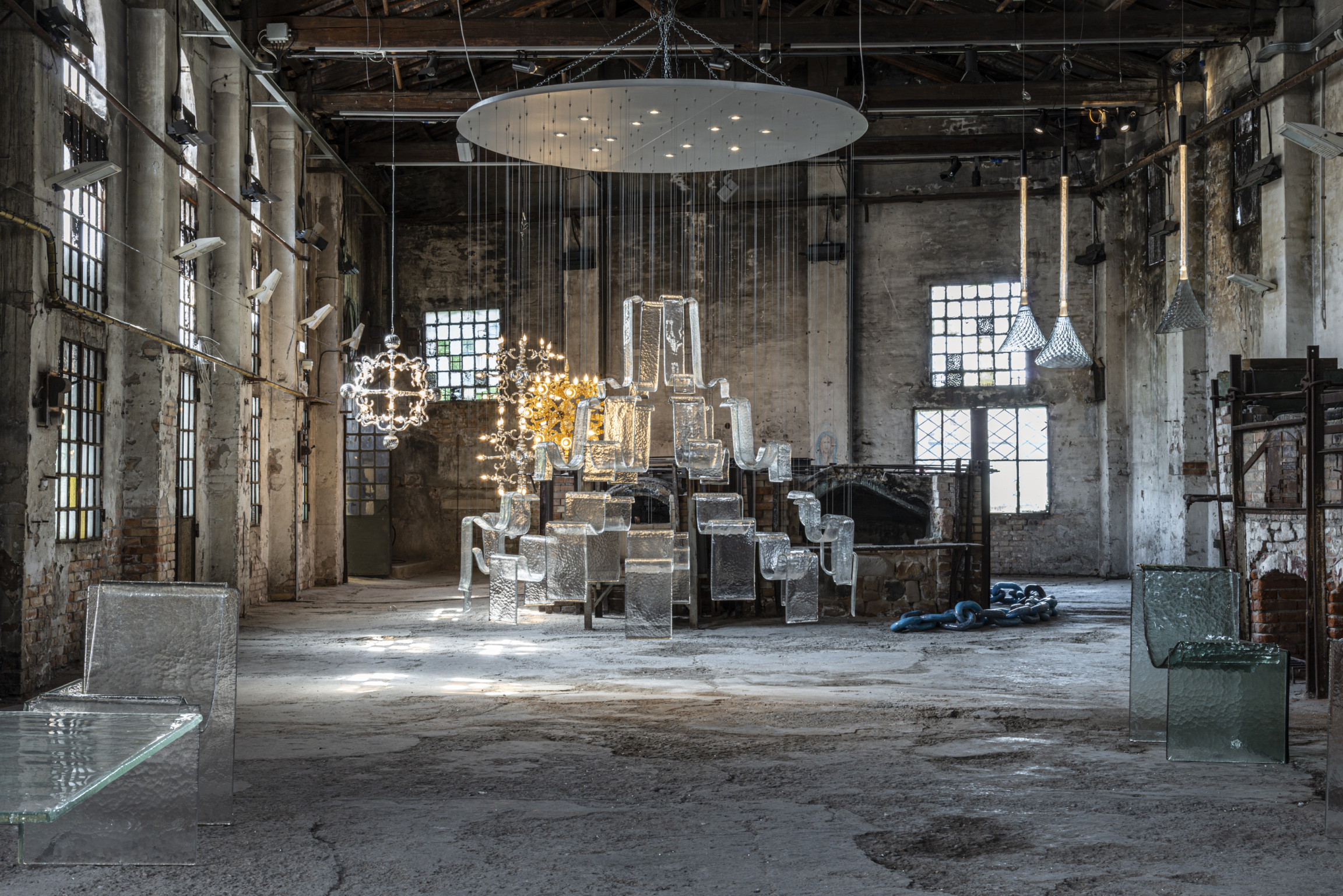
When it comes to envisioning the next chapters of the medium, Berengo and Beltrami differ. While the Wave Murano Glass CEO is keen to "see the company grow and embrace technological advancements and AI solutions while remaining committed to sustainability", the glass pioneer feels the urge to take a step back. "I think people are rediscovering the importance of the human touch when it comes to art — machinery and technology aren't exciting in the same way," Berengo says. Determined to spend the coming years focusing on more collaborations and exhibitions, he explains that one of the most rewarding aspects of his work is having the opportunity to support artists who showcase their work at the Venice Biennale, including this year's. "If you see glass made by a contemporary artist in Venice these days, there's a good chance we’ve had a hand in making it," he says, "and I couldn't be more proud of it."
Much like Beltrami, who looks forward to "propelling the ancient craft of Murano glass into a bright new era," Pandolfo is already looking to the future. With a workshop scheduled with leading Oslo architectural studio Snøhetta later this month, Art Basel Paris, Downtown Design Dubai, Design Miami, and a special project with Spanish firm Patricia Urquiola all coming up, "our diary is as busy as it has ever been", he says. Still, rather than thinking about forthcoming ventures, he strips it all back to the essentials: "My hopes for the coming months?" Pandolfo says. "If someone buys one of our lamps, one of our objects, it is because that item sparks a certain joy in them — so much so that they want to keep it and pass it down to future generations. That's the only wish I want fulfilled."
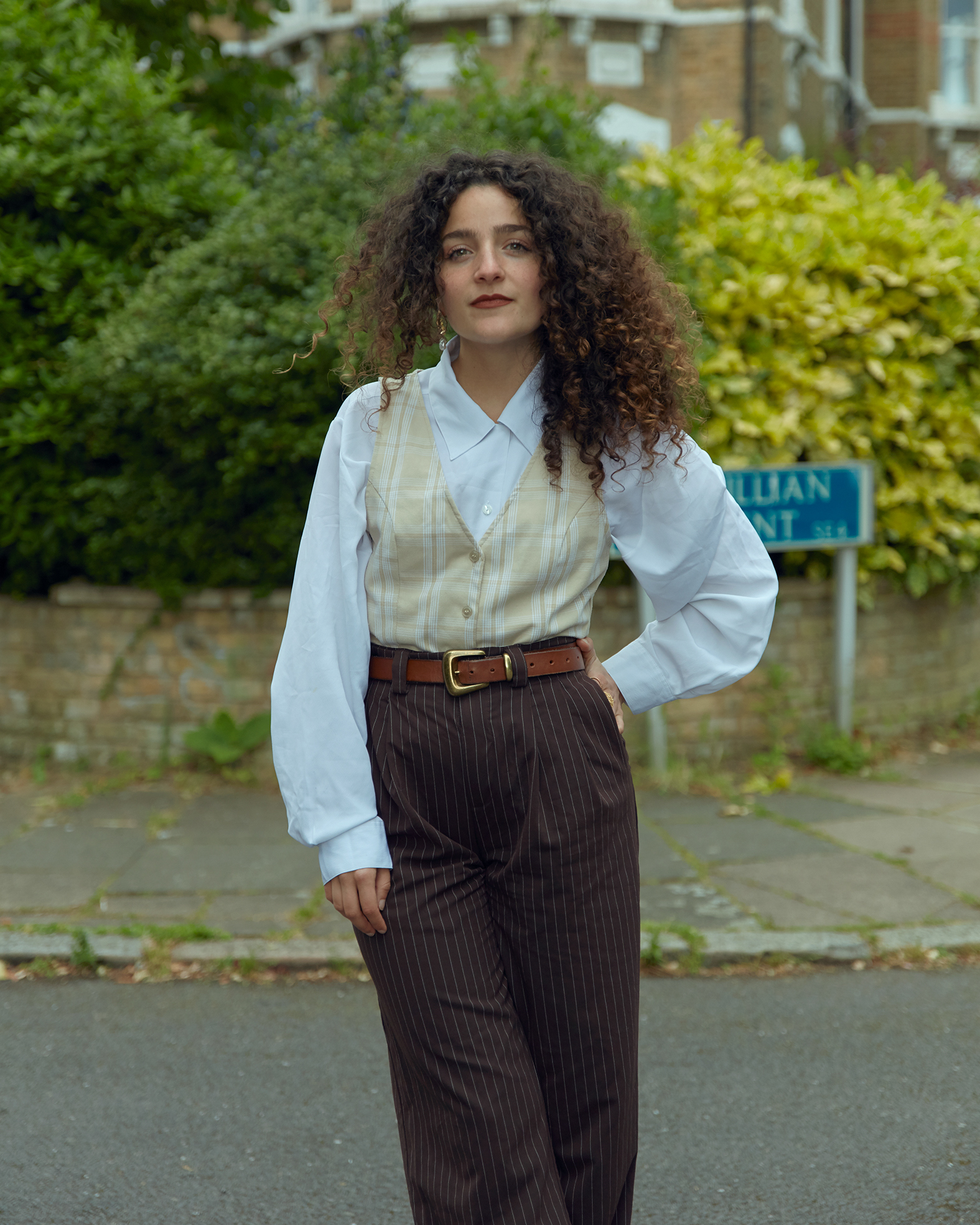
Gilda Bruno is Livingetc's Lifestyle Editor. Before joining the team, she worked as an Editorial Assistant on the print edition of AnOther Magazine and as a freelance Sub-Editor on the Life & Arts desk of the Financial Times. Between 2020 and today, Gilda's arts and culture writing has appeared in a number of books and publications including Apartamento’s Liguria: Recipes & Wanderings Along the Italian Riviera, Sam Wright’s debut monograph The City of the Sun, The British Journal of Photography, DAZED, Document Journal, Elephant, The Face, Family Style, Foam, Il Giornale dell’Arte, HUCK, Hunger, i-D, PAPER, Re-Edition, VICE, Vogue Italia, and WePresent.
